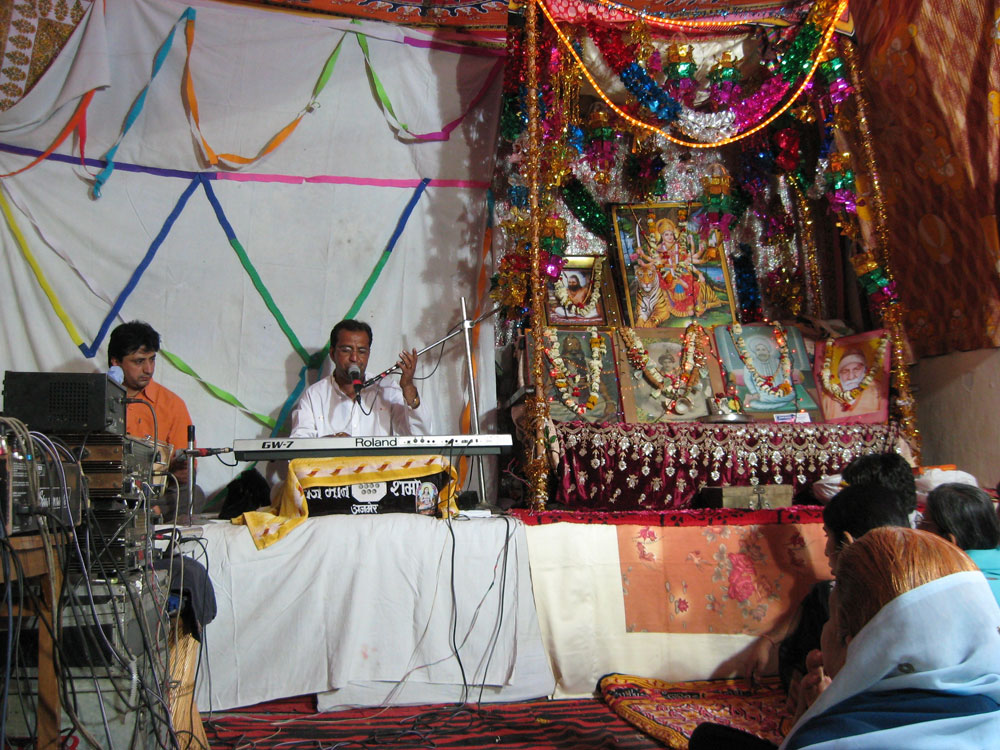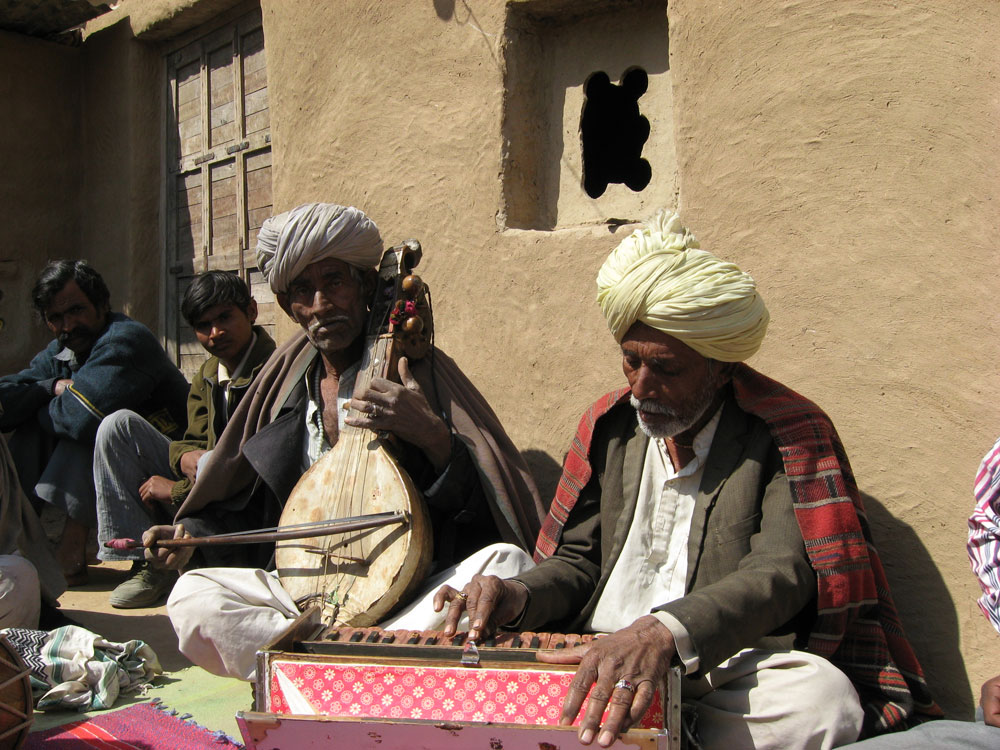Shalini Panjabi




Grant Period: One year
Shalini Punjabi has a PhD in the field of literacy. Her initial impulse in taking up this project was to study oral narratives to illustrate that their richness belies the common negative representation of illiteracy. Communities that engage with these narratives cannot be dismissed as ‘illiterate’ simply because they do not conform to the conventional definition of literacy. This grant supports Shalini to research the life of a narrative genre by mapping the multiple and changing forms in its performance. The narratives she will focus on are the Sindhi oral narratives that are spoken, recited and sung by different groups of people in the border regions of India, adjoining the province of Sindh, now in Pakistan. She will look at the multi-faceted re-imagining of the narratives and through them raise questions about the changing forms and definitions of oral traditions.
Though there are a number of oral narratives within the Sindhi literary traditions, Shalini will particularly focus on the premakhyans. The premakhyans are tragic romances that are widely interpreted as allegories for the quest of the divine. These allegorical romances, Shalini states, are the products of the “fruitful encounter between the Indian and Persian literary and religious traditions”. Candayan by Maulana Daud, dated 1379, is the oldest surviving representative of this genre. As they exist today, the performances of these narratives encompass an eclectic range of poetic practices and seem to traverse major fault lines and are sung on both sides of the border by Hindus and Muslims. Any division and categorisation is undermined further by the variety of contexts in which they are sung and narrated. They can be sung for recreation as well as on ritual occasions. They are not confined to the world of Sufis. Shalini will enquire into the criteria for selection of the lyrics for any occasion, the associations wrought by them and the modes of performance.
As these tales provide robust entertainment, the premakhyans are narrated and sung often on occasions like weddings by professional musicians like the Manganiars. These are all-male gatherings with many listeners, who have a deep understanding of the music and the poetry. Though such long performances are now dwindling, Shalini would like to explore the issues around such dwindling assemblies, which could point to larger transformations in the social life of the communities and their relation to the narratives. The audio cassette is a relatively new medium of performance of the premakhyans. Shalini would like to explore the points of connection between the listeners of these cassettes, which transcends political boundaries and find a resonance on both sides of the border. She also intends to illuminate aspects of the transmission of the oral from the written, and will observe the shifts between the registers and raise and explore the important question of “how in this continuous interaction of the oral and the written, in the ever-present network of intertextuality, does the text speak to the people who sing and recite them today?”
Shalini points out how her approach to oral narratives is different from other studies, which have largely revolved around studying formal performances. She, on the other hand, will observe and study all the forms, without privileging one over the other. The methodology she plans to use for this project will include detailed fieldwork in western Rajasthan and areas of northern Kutch, archival research and reference work. Shalini’s field of enquiry will not be bound by spatial location. A series of articles or a short monograph is seen as the final outcome. The audio recordings and detailed field notes will be the beginning of an archive of Sindhi oral narratives, which will include songs, interviews and recitations. She plans to give copies of this archive to institutions like the Archives and Research Centre for Ethnomusicology, Gurgaon, and Rupayan Sansthan, Jodhpur.
